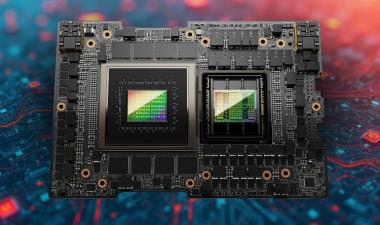Intel Drops Hyperthreading From
New CPU
Author: Dylan Mcgrath
Intel’s Lion Cove contains significant departures from the company’s previous CPU microarchitectures and prioritizes area and performance efficiency. It omits hyperthreading and other performance-boosting innovations such as transactional synchronization extensions. Nevertheless, Lion Cove still manages to deliver a double-digit instructions per clock (IPC) uplift while adding advanced power management features.
Lion Cove CPUs serve as the performance core (P-core) in two upcoming PC processors: Lunar Lake for thin and light laptops, expected to launch in the third quarter, and Arrow Lake for high-performance laptops and desktop processors, expected to launch in the fourth quarter. We expect a separate version of Lion Cove including hyperthreading to appear in Diamond Rapids server processors in late 2025.
Lion Cove is the first major microarchitecture improvement to Intel’s P-core since Golden Cove in 2021, as Figure 1 illustrates. Last year’s Redwood Cove implemented only modest improvements over Golden Cove but kept the low-level microarchitecture unchanged. The three-year gap between major microarchitecture updates is a deviation from Intel’s traditional two-year cadence, which the company returned to with Golden Cove following a four-year gap after a multiyear delay on Intel’s 10nm process caused the cancellation of products based on the 10nm Palm Cove.










